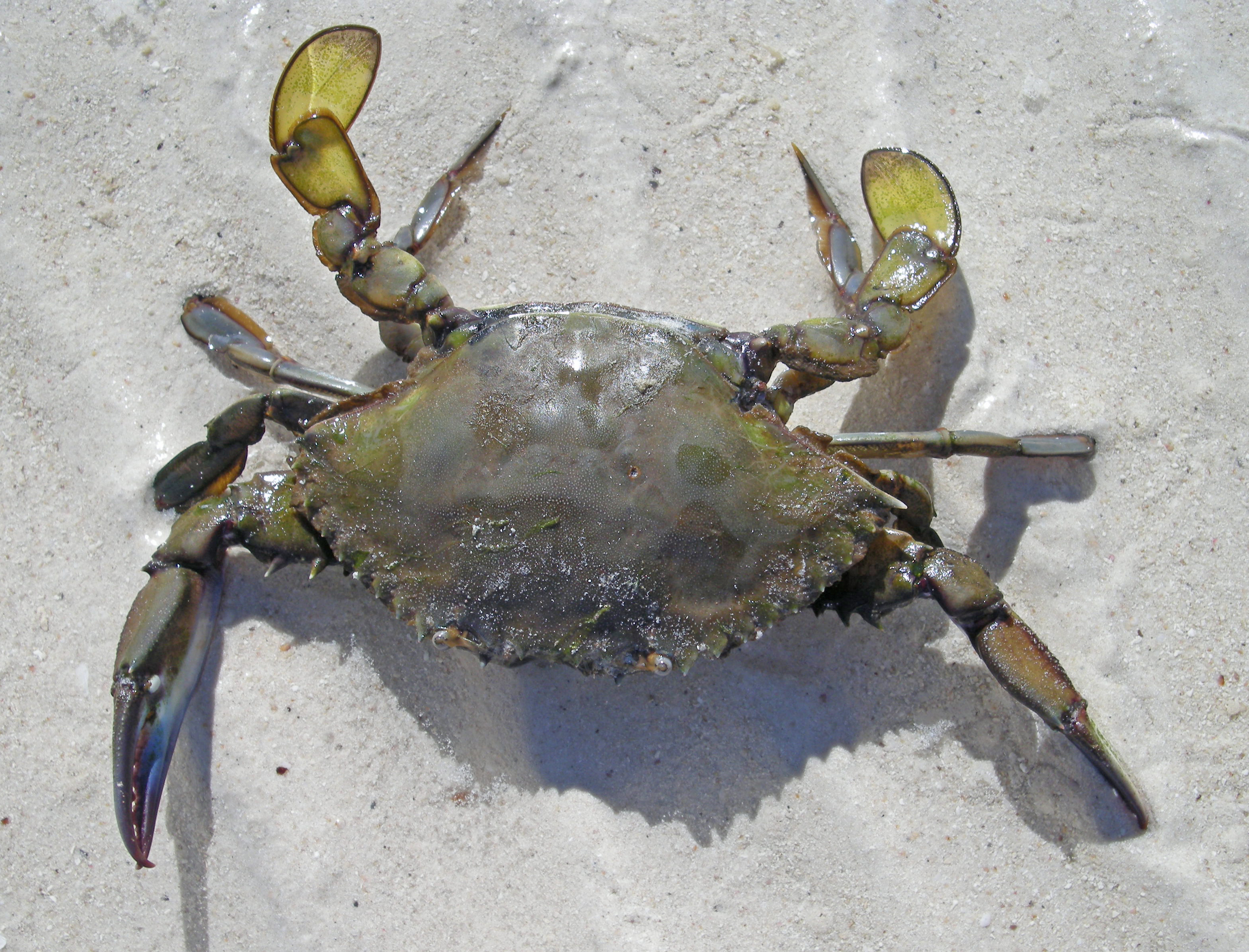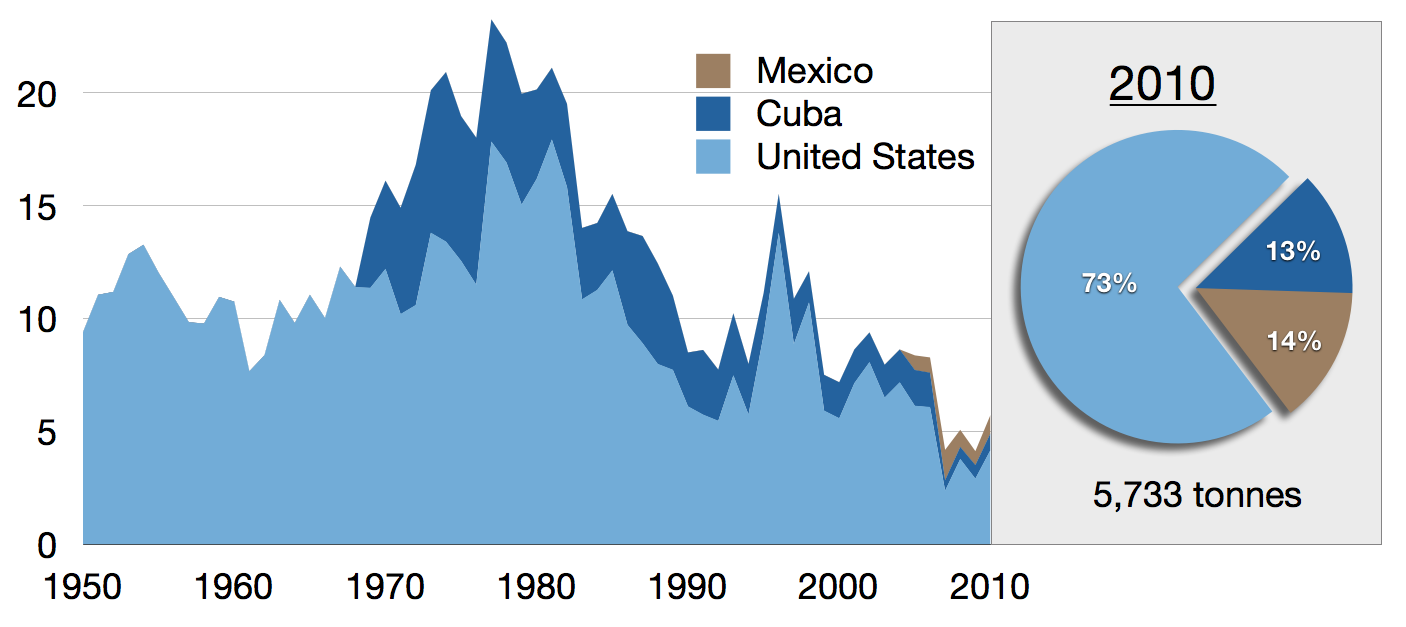|
Lake Togo
Lake Togo ''( French: Lac Togo)'' is the largest part of a lagoon in Togo, separated from the Atlantic Ocean by a narrow coastal strip. It is shallow and a popular location for water sports. Towns on the lake's shore include Agbodrafo and Togoville. Transport on the lake is generally by pirogue. Lake Togo Origin Lake Togo is about long, wide and 64 km² in area. It receives water from the Sio River in the southwest and various other smaller streams to the west and east and the Haho River enters from the north. The lake is separated from the sea by a sandbar a kilometre or so wide. Water exits to the east through a canal-like extension where it receives water from the nearby, smaller Lake Vogan, and continues into the lagoonal system along the coast. A main road traverses the coast to the south of the lake and local roads circle the lake, connecting the small villages. The area is not heavily populated and there is little tourism. The economy depends on extensive agric ... [...More Info...] [...Related Items...] OR: [Wikipedia] [Google] [Baidu] |
Elaeis
''Elaeis'' () is a genus of palms containing two species, called oil palms. They are used in commercial agriculture in the production of palm oil. The African oil palm ''Elaeis guineensis'' (the species name ''guineensis'' referring to its country of origin) is the principal source of palm oil. It is native to west and southwest Africa, occurring between Angola and Gambia. The American oil palm ''Elaeis oleifera'' () is native to tropical Central and South America, and is used locally for oil production. Description Mature palms are single-stemmed, and can grow well over tall. The leaves are pinnate, and reach between long. The flowers are produced in dense clusters; each individual flower is small, with three sepals and three petals. The palm fruit is reddish, about the size of a large plum, and grows in large bunches. Each fruit is made up of an oily, fleshy outer layer (the pericarp), with a single seed (the palm kernel), also rich in oil. Species The two species, ''E. ... [...More Info...] [...Related Items...] OR: [Wikipedia] [Google] [Baidu] |
Callinectes Latimanus
''Callinectes'' is a genus of crab Crabs are decapod crustaceans of the infraorder Brachyura, which typically have a very short projecting "tail" (abdomen) ( el, βραχύς , translit=brachys = short, / = tail), usually hidden entirely under the thorax. They live in all the ...s, containing 16 extant species, including the Atlantic blue crab, '' C. sapidus'': Extant species References External links * * * Portunoidea Taxa named by William Stimpson Decapod genera {{crab-stub ... [...More Info...] [...Related Items...] OR: [Wikipedia] [Google] [Baidu] |
Farfantepenaeus Duorarum
''Farfantepenaeus duorarum'' is a species of marine penaeid shrimp found around Bermuda, along the east coast of the United States and in the Gulf of Mexico. They are a significant commercial species in the United States and Cuba. Distribution ''Farfantepenaeus duorarum'' are found in the Atlantic around Bermuda, along the coast of the United States from Massachusetts to Texas, and along the Mexican coast from Tamaulipas to Campeche. They live at depths of , exceptionally to , with highest densities at , on compacted mud, silt or sandy bottoms, or amongst shells. Juveniles are found in marine or estuarine waters, while adults are marine. Description Females grow up to long, and males long. Fishery Taxonomy ''Farfantepenaeus duorarum'' was first described by Martin Burkenroad in 1939, under the name ''Penaeus duorarum''. It was transferred to '' Farfantepenaeus'' when that new genus was erected by Rudolf N. Burukovsky in 1997. The FAO's preferred name for the species is ... [...More Info...] [...Related Items...] OR: [Wikipedia] [Google] [Baidu] |
Tympanotonos Fuscatus
''Tympanotonos fuscatus'', the West African mud creeper, is a species of snail living in brackish water, a gastropod mollusk in the family Potamididae. ''Tympanotonos fuscatus'' is the only extant species in the genus ''Tympanotonos''. Description Shells of ''Tympanotonos fuscatus'' can reach a size of about . Distribution This species is found along the west coast of Africa, from Angola in the south to Senegal in the north, and also Cape Verde , national_anthem = () , official_languages = Portuguese , national_languages = Cape Verdean Creole , capital = Praia , coordinates = , largest_city = capital , demonym .... References Potamididae Molluscs of the Atlantic Ocean Molluscs of Angola Gastropods of Cape Verde Invertebrates of Gabon Gastropods described in 1758 Taxa named by Carl Linnaeus Endemic fauna of Angola Endemic fauna of Cape Verde Endemic fauna of Gabon {{Potamidida ... [...More Info...] [...Related Items...] OR: [Wikipedia] [Google] [Baidu] |
Pachymelania
''Pachymelania'' is a genus of freshwater snails, gastropod mollusks in the family Hemisinidae Hemisinidae is a family of snail A snail is, in loose terms, a shelled gastropod. The name is most often applied to land snails, terrestrial pulmonate gastropod molluscs. However, the common name ''snail'' is also used for most of t .... Species Species within the genus ''Pachymelania'' include: * '' Pachymelania aurita'' (O. F. Müller, 1774) * '' Pachymelania byronensis'' Gray * '' Pachymelania fusca'' (Gmelin, 1790) References External links Hemisinidae {{Thiaridae-stub ... [...More Info...] [...Related Items...] OR: [Wikipedia] [Google] [Baidu] |
Chrysichthys
''Chrysichthys'' is a genus of claroteid catfishes native to Africa. Two fossil species are known. ''Chrysichthys macrotis'', Van Neer, 1994, is known from the Miocene-Pliocene of the Albertine Rift in Uganda and ''Chrysichthys mahengeensis'', Murray & Budney, 2003, is known from the Eocene of Mahenge, Tanzania. Species There are currently 42 recognized species in this genus: * ''Chrysichthys acsiorum'' Hardman, 2008 * ''Chrysichthys aluuensis'' Risch, 1985 * ''Chrysichthys ansorgii'' Boulenger, 1910 * ''Chrysichthys auratus'' ( É. Geoffroy Saint-Hilaire, 1809) * ''Chrysichthys bocagii'' Boulenger, 1910 * ''Chrysichthys brachynema'' Boulenger, 1900 (Kibonde, salmontail catfish) * ''Chrysichthys brevibarbis'' ( Boulenger, 1899) * ''Chrysichthys cranchii'' (Leach, 1818) (Kokuni, Kamba) * ''Chrysichthys dageti'' Risch, 1992 * ''Chrysichthys delhezi'' Boulenger, 1899 * ''Chrysichthys dendrophorus'' (Poll, 1966) * '' Chrysichthys depressus'' Nichols & Griscom, 1917) * '' Chrysi ... [...More Info...] [...Related Items...] OR: [Wikipedia] [Google] [Baidu] |
Tilapia
Tilapia ( ) is the common name for nearly a hundred species of cichlid fish from the coelotilapine, coptodonine, heterotilapine, oreochromine, pelmatolapiine, and tilapiine tribes (formerly all were "Tilapiini"), with the economically most important species placed in the Coptodonini and Oreochromini. Tilapia are mainly freshwater fish inhabiting shallow streams, ponds, rivers, and lakes, and less commonly found living in brackish water. Historically, they have been of major importance in artisanal fishing in Africa, and they are of increasing importance in aquaculture and aquaponics. Tilapia can become a problematic invasive species in new warm-water habitats such as Australia, whether deliberately or accidentally introduced, but generally not in temperate climates due to their inability to survive in cold water. Tilapia has been the fourth-most consumed fish in the United States since 2002. The popularity of tilapia came about due to its low price, easy preparation, and ... [...More Info...] [...Related Items...] OR: [Wikipedia] [Google] [Baidu] |
Pistia
''Pistia'' is a genus of aquatic plants in the arum family, Araceae. It is the sole genus in the tribe ''Pistieae'' which reflects its systematic isolation within the family. The single species it comprises, ''Pistia stratiotes'', is often called water cabbage, water lettuce, Nile cabbage, or shellflower. Its native distribution is uncertain but is probably pantropical; it was first discovered from the Nile near Lake Victoria in Africa. It is now present, either naturally or through human introduction, in nearly all tropical and subtropical fresh waterways and is considered an invasive species as well as a mosquito breeding habitat. The genus name is derived from the Greek word πιστός (''pistos''), meaning "water," and refers to the aquatic nature of the plants. The specific epithet is also derived from a Greek word, στρατιώτης, meaning "soldier," which references the sword-shaped leaves of some plants in the ''Stratiotes'' genus. Description ''Pistia stratiotes'' ... [...More Info...] [...Related Items...] OR: [Wikipedia] [Google] [Baidu] |
Typha
''Typha'' is a genus of about 30 species of monocotyledonous flowering plants in the family Typhaceae. These plants have a variety of common names, in British English as bulrush or reedmace, in American English as reed, cattail, or punks, in Australia as cumbungi or bulrush, in Canada as bulrush or cattail, and in New Zealand as raupo. Other taxa of plants may be known as bulrush, including some sedges in ''Scirpus'' and related genera. The genus is largely distributed in the Northern Hemisphere, where it is found in a variety of wetland habitats. The rhizomes are edible. Evidence of preserved starch grains on grinding stones suggests they were already eaten in Europe 30,000 years ago. Description ''Typha'' are aquatic or semi-aquatic, rhizomatous, herbaceous perennial plants. The leaves are glabrous (hairless), linear, alternate and mostly basal on a simple, jointless stem that bears the flowering spikes. The plants are monoecious, with unisexual flowers that develop in ... [...More Info...] [...Related Items...] OR: [Wikipedia] [Google] [Baidu] |
Phragmites
''Phragmites'' () is a genus of four species of large perennial reed grasses found in wetlands throughout temperate and tropical regions of the world. Taxonomy The World Checklist of Selected Plant Families, maintained by Kew Garden in London, accepts the following four species: * ''Phragmites australis'' ( Cav.) Trin. ex Steud. – cosmopolitan * ''Phragmites japonicus'' Steud. – Japan, Korea, Ryukyu Islands, Russian Far East * ''Phragmites karka'' ( Retz.) Trin. ex Steud. – tropical Africa, southern Asia, Australia, some Pacific Islands, invasive in New Zealand * ''Phragmites mauritianus'' Kunth – central + southern Africa, Madagascar, Mauritius The cosmopolitan common reed has the generally accepted botanical name ''Phragmites australis''. (Cav.) Trin. ex Steud. About 130 other synonyms have been proposed. Examples include ''Phragmites communis'' Trin., ''Arundo phragmites'' L., and ''Phragmites vulgaris'' (Lam.) Crép. (illegitimate name). Wildlife in reed beds ... [...More Info...] [...Related Items...] OR: [Wikipedia] [Google] [Baidu] |
Coconut
The coconut tree (''Cocos nucifera'') is a member of the palm tree family ( Arecaceae) and the only living species of the genus ''Cocos''. The term "coconut" (or the archaic "cocoanut") can refer to the whole coconut palm, the seed, or the fruit, which botanically is a drupe, not a nut. The name comes from the old Portuguese word '' coco'', meaning "head" or "skull", after the three indentations on the coconut shell that resemble facial features. They are ubiquitous in coastal tropical regions and are a cultural icon of the tropics. The coconut tree provides food, fuel, cosmetics, folk medicine and building materials, among many other uses. The inner flesh of the mature seed, as well as the coconut milk extracted from it, form a regular part of the diets of many people in the tropics and subtropics. Coconuts are distinct from other fruits because their endosperm contains a large quantity of clear liquid, called ''coconut water'' or ''coconut juice''. Mature, ripe coconut ... [...More Info...] [...Related Items...] OR: [Wikipedia] [Google] [Baidu] |




.jpg)

